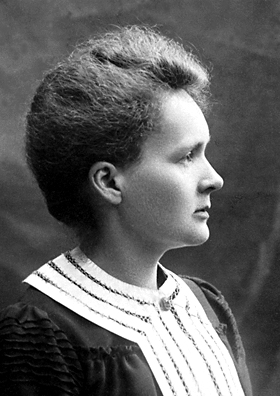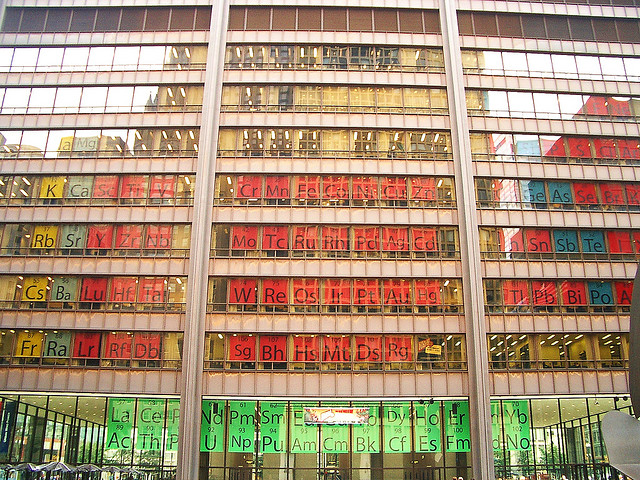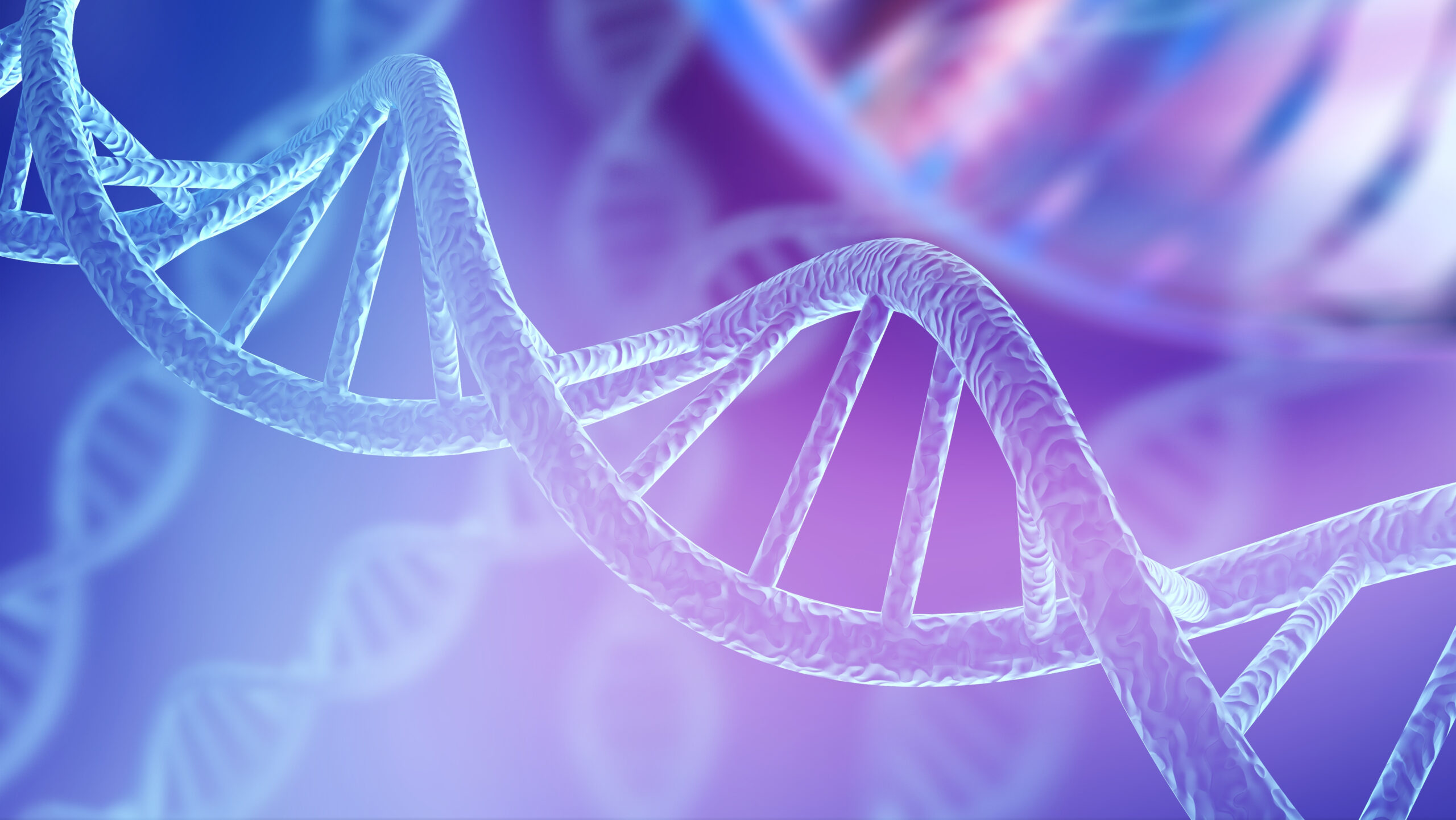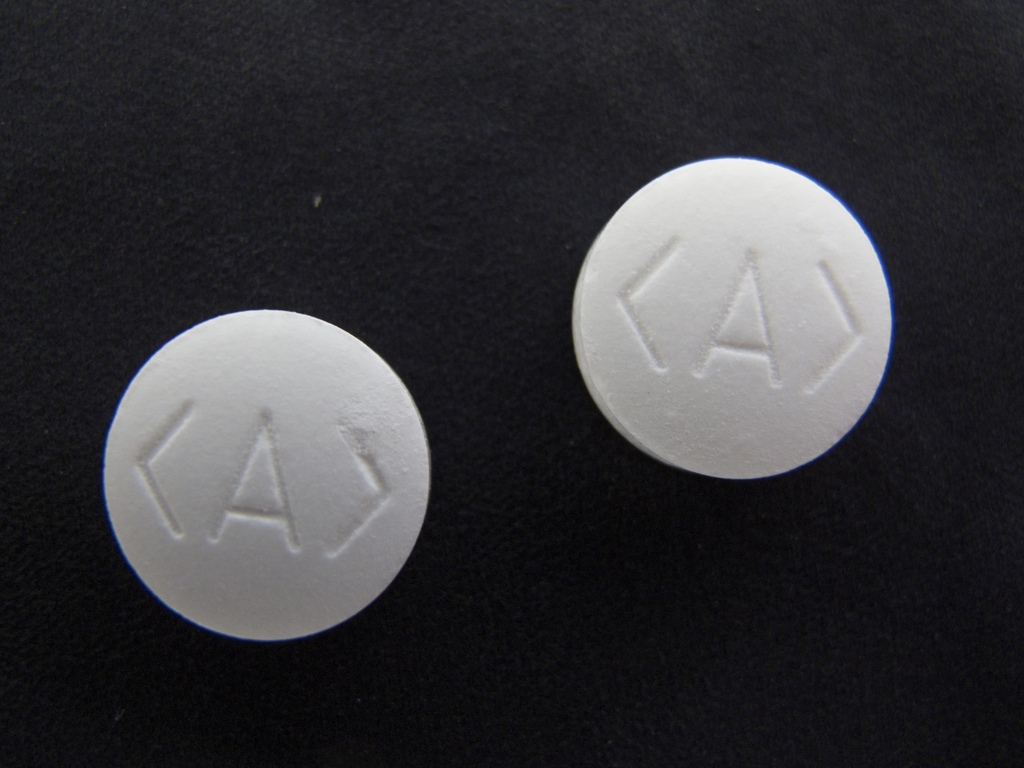
Chemical Anniversaries: 1867 the birth of Marie Curie
Marie Curie is France’s most famous scientist and probably the most well-known female scientist in the world. Except she wasn’t French and Marie was not the name she given at her birth in 1867. She was born Maria Sklodowska in Warsaw, now the capital of Poland, but Poland didn’t exist… Read More


